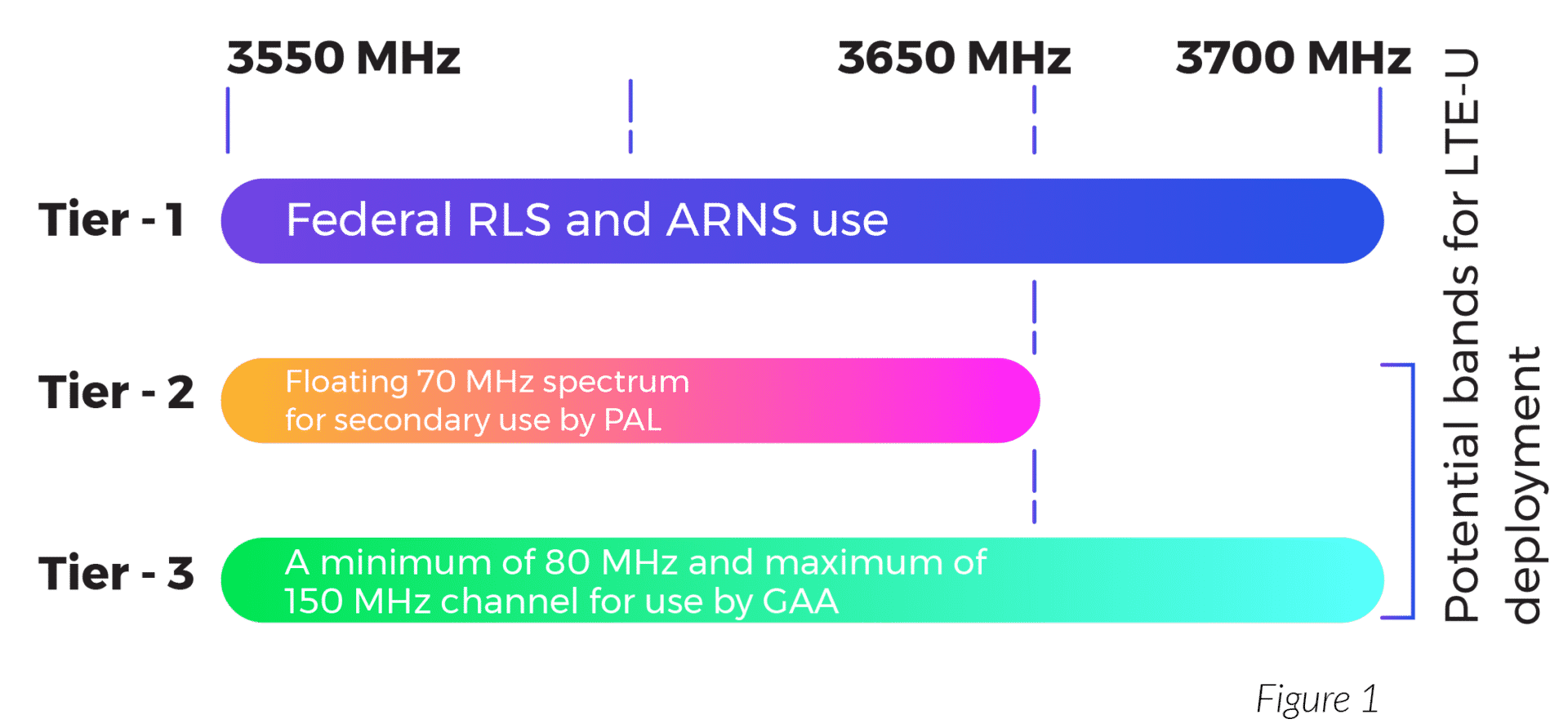FCC permits Verizon to test 5G and carrier aggregation in CBRS spectrum band
The Federal Communications Committee (FCC) has given Verizon Wireless permission to conduct a series of tests in the 3.55 to 3.7GHz CBRS spectrum band using three radio stations in Minneapolis, Minnesota. Verizon said the tests will involve 5G and carrier aggregation technology. The FCC grant reads as follows:
Verizon Wireless is working with 5G base station and mobile device equipment vendors to
conduct product testing of 3.5 GHz in outdoor locations listed below.
Station Locations:
1. Minneapolis (HENNEPIN), MN – NL 44-48-26; WL 93-22-29; MOBILE: within 0.75 km
radius of center point location, within 0.75 km, centered around NL 44-48-26;
2. Minneapolis (HENNEPIN), MN – NL 44-48-24; WL 93-22-29; MOBILE: within 0.75 km
radius of center point location, within 0.75 km, centered around NL 44-48-24;
3. Minneapolis (HENNEPIN), MN – NL 44-48-24; WL 93-22-29; MOBILE: within 0.75 km
radius of center point location, within 0.75 km, centered around NL 44-48-24.
“Verizon and partners plan to conduct the proposed 5G tests using pre-commercial equipment in prototype form,” Verizon said in its FCC application. The operator did not name the device or network equipment partners it will be working with for the tests.
PCMag reported that Verizon has only been using CBRS spectrum only for 4G – LTE. In Jackson Heights (Queens, NY), the CBRS-enhanced 4G clocked 456Mbps, while 5G DSS at the same times and similar locations hit 232Mbps. The PCMag author previously observed Verizon’s 5G Ultra Wideband at about3.2Gbps.
Therefore, the move to 5G over CBRS is significant. Verizon added that it plans to evaluate “intra-band and inter-band carrier aggregation between 3.5GHz and licensed (and/or unlicensed) bands,” including its licensed 700MHz, PCS and AWS bands. [Carrier aggregation technology can be used to bond together transmissions across different spectrum bands, thus dramatically increasing users’ connection speeds.]

Light Reading’s Mike Dano says that Verizon has been adding support for the 3.5GHz CBRS spectrum band to its network for years. And last year Verizon spent $1.9 billion to purchase CBRS spectrum licenses across the country in an FCC auction.
Verizon’s tests roughly coincide with the operator’s three-year, $10 billion program to put its C-band spectrum licenses into use. Verizon succeeded in more than doubling its existing mid-band spectrum holdings by adding an average of 161 MHz of C-Band nationwide paying $52.9 billion including incentive payments and clearing costs.
References:
https://apps.fcc.gov/oetcf/els/reports/GetApplicationInfo.cfm?id_file_num=0461-EX-ST-2021
https://apps.fcc.gov/oetcf/els/reports/STA_Print.cfm?mode=current&application_seq=106415
https://apps.fcc.gov/els/GetAtt.html?id=273078&x=.
https://www.fiercewireless.com/operators/verizon-boosts-lte-speeds-philly-via-cbrs-spectrum
https://www.verizon.com/about/news/verizon-announces-c-band-auction-results
3 thoughts on “FCC permits Verizon to test 5G and carrier aggregation in CBRS spectrum band”
Comments are closed.



Carrier aggregation is one way to keep up with the race to provide additional bandwidth to consumers. Perhaps, it could be a strategy for having more robust bandwidth as well, as if one link degrades the other will be there to take its place?
Thanks Ken. Note that carrier aggregation was the key attribute of LTE Advanced- the ITU-R original 4G standard. It is a highly demanded feature from a network operator perspective, since it enables also the aggregation of different spectrum fragments.
We still have to keep in mind CBRS is still lower power. Therefore, its range is limited. I hope in the future the FCC allows Verizon to lift that limitation and allows it to use higher power for CBRS frequency cellular transmission.